The One Flaw with Honda DCT (and How They Could Fix It)
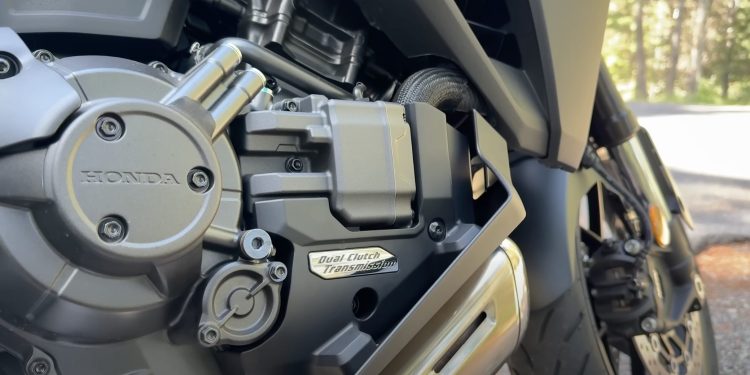
Have you ever been stuck in bumper-to-bumper traffic, working the clutch until your left hand is begging for mercy? Or what about that time you were on a steep, technical road where first gear never felt slow enough and you always seemed to be in the wrong gear anyway?
That’s when the idea of an “automagic” transmission—Honda’s Dual Clutch Transmission (DCT)—starts to sound tempting. But then, the old-school purist in us kicks in. If you’re like me, you probably scoffed at the idea of a Dual Clutch Transmission the first time you heard about it. My first experience with Honda’s DCT was on the VFR1200, and honestly, it was so bland it made plain oatmeal look like a gourmet experience. I just figured DCT was for people who eat pizza without cheese.
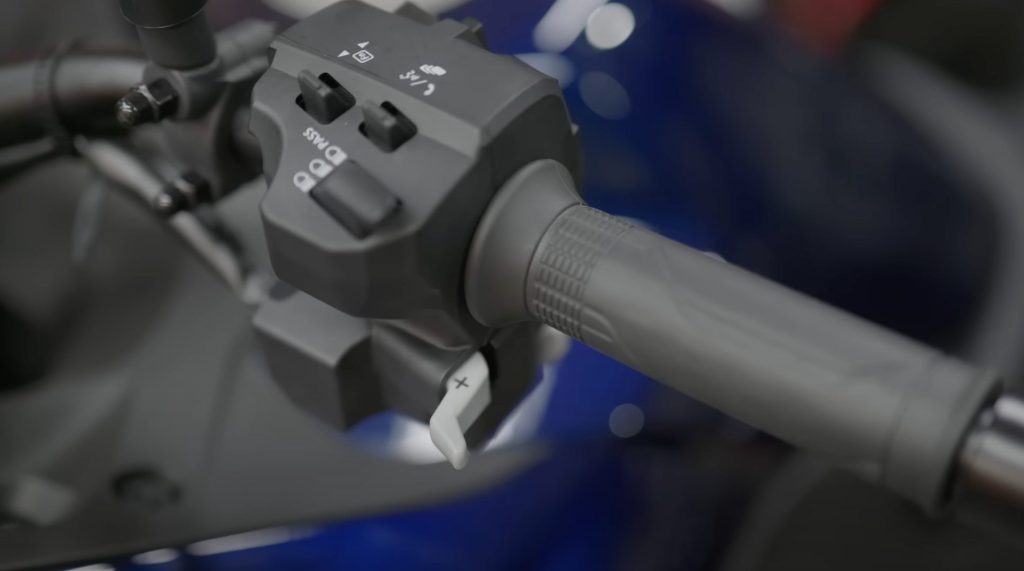
And judging by the comments I get, I’m not alone. Plenty of riders are absolutely disgusted by the thought of riding without a clutch or shift lever. I get it. Manual transmissions are in my blood. There isn’t a single slush box in my garage. My pickup is a six-speed. Mrs. CanyonChasers drives a five-speed. Just in the past year, I’ve made plenty of content focused on manual shifting techniques.
So, let’s get this out of the way: This isn’t a fluff piece telling you DCT is better and you need to buy one. But the truth is, Honda’s DCT actually does solve some real problems. Yet there’s still one issue, and it’s hard to ignore.
How Does Honda’s DCT Work?
DCT is not a scooter CVT, and it’s not a traditional automatic car transmission either. Honda’s Dual Clutch Transmission has two separate clutches: one for odd-numbered gears and one for even. When you’re in one gear, the next is already pre-selected. It’s a clever bit of engineering bolted to a traditional motorcycle gearbox.
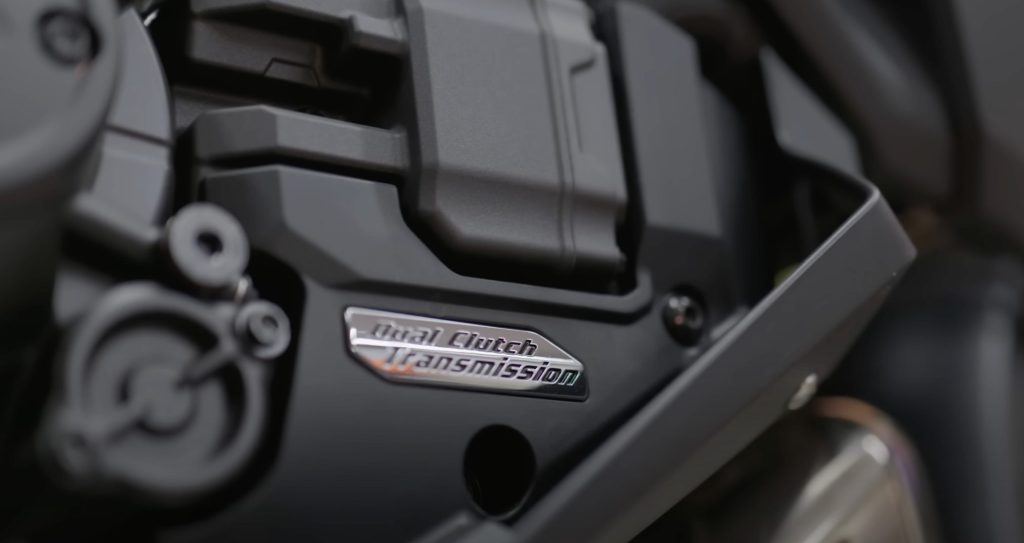
Unlike Honda’s newer E-Clutch (which simply automates clutch control with small motors but leaves the clutch lever in place), the DCT has no shift lever and no clutch lever. Instead, you get a parking brake. Yes, really.
There are three modes:
- Drive (D-Mode): Obsessed with fuel economy, gets you into top gear ASAP.
- Sport: Much smarter, puts you in the right gear most of the time, but isn’t psychic.
- Manual: Flappy paddle-style buttons for upshifts and downshifts. Pretty fun once you get used to it.
My Real-World Experience
Drive mode? I found it pointless unless you’re a hypermiler. Sport mode, on the other hand, worked really well on the NT1100, especially when riding at 6 or 7/10ths pace. You’re nearly always in the right gear, and you can focus on nailing your lines and perfecting your braking.
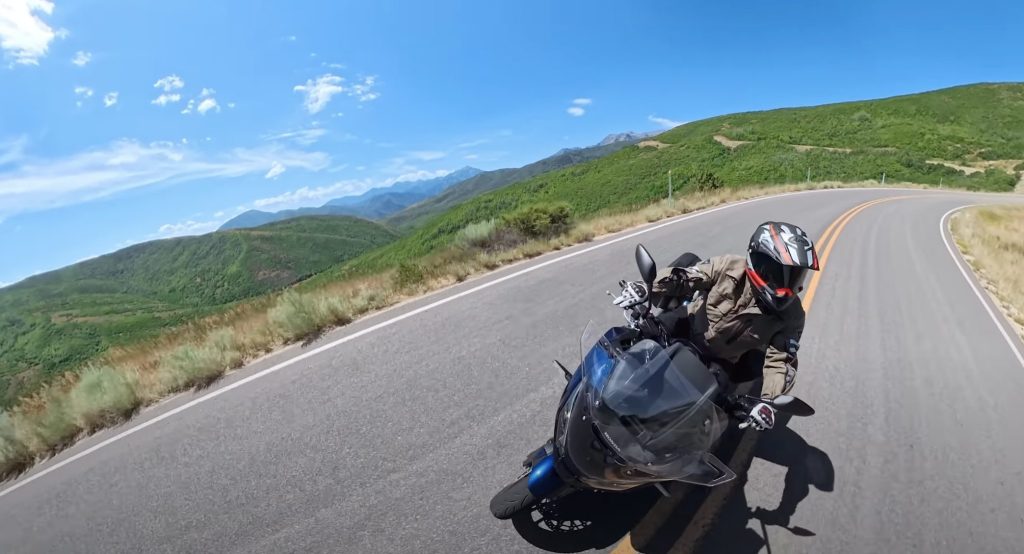
Passengers notice the difference too: Shifting is so smooth there’s no more helmet bumping every time you change gear. In stop-and-go traffic and lane filtering, it’s great—one less thing to worry about. You’re never going to stall the bike. For shorter riders, like Mrs. CanyonChasers, it makes starting and stopping significantly easier, since you don’t have to shift side to side to get it into gear or neutral.
But here’s the kicker. Most of these things aren’t a big deal for experienced riders. The biggest difference comes during slow-speed maneuvers, like U-turns. Honda’s official guidance is throttle plus rear brake. It was easier than I expected, but I’m mostly doing American left U-turns on two-lane roads with my foot out. If you have to U-turn to the right, it can get awkward. The lack of a left-hand brake lever means you’re doing all your slow-speed control with your foot, which isn’t always intuitive—especially if you’re coming from dirt, mountain bikes, or even scooters.
My Suggested Fix
Here’s where I think Honda missed a trick. Add a rear brake lever to the handlebar, like MotoGP bikes, mountain bikes, and scooters already do. It’s a much more intuitive and precise way to handle any kind of slow-speed maneuvering. And yes, you can do this yourself by fitting a master cylinder from another Honda model. But really, Honda should offer it from the factory.
⸻
Honda DCT Pros and Cons
Pros:
- No Stalling: Never worry about killing the engine at a stop or on a tricky hill.
- Smooth Shifting: Especially great for passengers—no more helmet bumps.
- Less Fatigue: Your clutch hand will thank you in traffic or on long rides.
- Focus: You can pay more attention to lines, braking, and the ride itself.
- Great for Shorter Riders: No more “dancing” for neutral or first gear.
- Manual Mode is Fun: The flappy paddles are surprisingly satisfying, and downshifts auto-blip beautifully.
Cons:
- Drive Mode is Boring: Too focused on fuel savings, not much fun.
- Weight: Adds around 25 lbs, not a deal-breaker on a big bike, but something to note.
- Price: On some models, DCT is an expensive add-on.
- Less Engine Braking: DCT downshifts late in Sport mode, so you may miss the strong engine braking.
- Slow-Speed Control: The lack of a left-hand brake lever is a real limitation for technical riding or tight maneuvers.
- Not for Purists: If you love shifting, you might still miss that hands-on experience.
Final Thoughts
Would I buy one? I honestly don’t know. In manual mode, DCT is a blast and way better than the first version I tried. But I’d want Honda to add that left-hand rear brake lever before I could call it perfect. For Mrs. CanyonChasers, though, DCT is an instant yes; she loves how it makes tall bikes more manageable and makes stops and starts stress-free.

At the end of the day, if you’re a purist, you have a million options. If you’re open to new tech, there’s never been a better time to try something different. If you’ve never ridden a DCT, give one a try. They’re better than you think!
What do you think?
Have you tried a Honda DCT? Would you buy one? Let me know in the comments!

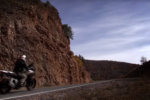
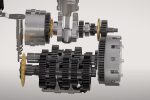
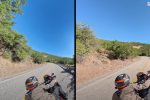
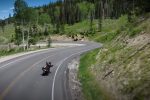
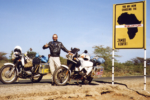
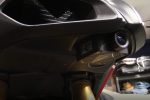
Own a 22 1100 DCT & you are absolutely right about a left hand brake lever. I have thought about remove the E Brake lever & tying cable into a LH lever? Problem is with the ninety degree angle on the E brake cable. I seem to never use the parking brake. If modified you could use a heavy rubber band to apply the left hand lever
The NC750X is my second dct bike, the first being an African Twin which I loved . The NC. DCT is not as good in my view. I find us ing the “ USER “ mode and manual shift with Traction control is the way to go. I find the bike a lot of fun to ride on both paved and dirt/ gravel roads. I currently have just over 10;000 miles on it. The Pirelli MT 60 helps add another dimension as does the YSS suspension setup.
.
The NC750X is my second dct bike, the first being an African Twin which I loved . The NC. DCT is not as good in my view. I find us ing the “ USER “ mode and manual shift with Traction control is the way to go. I find the bike a lot of fun to ride on both paved and dirt/ gravel roads. I currently have just over 10;000 miles on it. The Pirelli MT 60 helps add another dimension as does the YSS suspension setup.
.